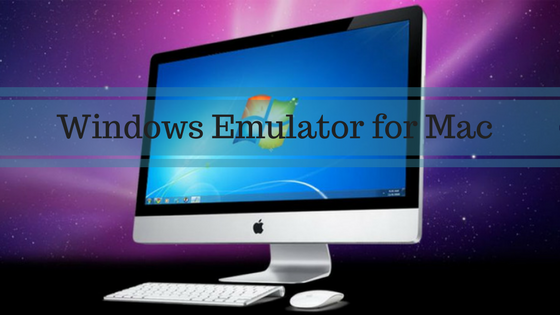

- #Ios emulator für mac os x for free
- #Ios emulator für mac os x how to
- #Ios emulator für mac os x install
- #Ios emulator für mac os x windows 10
- #Ios emulator für mac os x simulator
You'll have to use shift command v to paste the macOS clipboard into the Simulator pasteboard, and then you can use command v to paste from the pasteboard. Note for users running older versions of Xcode: This worked differently prior to Simulator 10. To turn on the shared clipboard (known in Apple devices as the pasteboard), select "Automatically Sync Pasteboard" from the "Edit" menu. In Simulator's "Hardware" menu, under "Keyboard," check "Connect Hardware Keyboard." Share the clipboard across macOS and your Simulator devicesīy default, the standard command v keyboard shortcut will not work to paste to Simulator from any other app. But you can turn on support for your physical keyboard: Turn on the ability to type in Simulator with your keyboardīy default, you have to use the on-screen keyboard to type in Simulator's iOS devices, just like you use the on-screen keyboard on a real iOS device. We'll change the window size, add support for your computer keyboard, and add support for trackpad scrolling. With the devices you need all installed, let's get to know Simulator a little. Now you can click on the Safari icon and start browsing! But read on to get the most out of Simulator… Configuring Simulator Open Simulator (double click it from the Applications folder, or open it from Spotlight, or if you're psyched about flexing new-found command line powers run -type and follow with the Enter ⏎ key- the command open /Applications/Simulator.app). This stopped working for me the same day I updated from Xcode 9 to Xcode 10. You should see Simulator! And Spotlight should find it now too! (Note: Spotlight should find it. Otherwise, skip down to the Addendum for an explanation. If you're comfortable with that, hit Enter. Open Terminal (in the Applications folder) or your favorite terminal appĬopy and paste this line: ln -s /Applications/Xcode.app/Contents/Developer/Applications/Simulator.app /Applications So make a symbolic link of it in the Applications folder. Simulator is a standalone app but it's buried deep within the hidden contents of XCode, where you can't get at it, and where Spotlight doesn't see it.
#Ios emulator für mac os x install
It works for watchOS and tvOS as well! Getting Readyįirst install XCode, Apple's developer suit.
#Ios emulator für mac os x how to
Here's how to get it up and running with just a few clicks (and some longish download waits). The app is hidden away and you need to go through some hoops to support older versions of iOS, but you don't need special technical know-how.
#Ios emulator für mac os x for free
Apple makes iOS testing available for free to all macOS users, with their Simulator app. Several popular web-based browser testing services make it possible to test iOS's Mobile Safari, but the best of these tools require an additional fee, have limited free features, or restrict the number of users who can use an account at the same time. Part of preparing most websites and web apps for shipment is testing across devices.
#Ios emulator für mac os x windows 10
The next in the series is Set Up a Windows 10 Virtual Machine and Run Internet Explorer 11 and Edge on Mac or Linux. app application file.This article is part of a series on running cross-browser tests directly on your primary computer. app file can be used for installation on simulators in the studioĬlick 'import' from the application manager and select the.


 0 kommentar(er)
0 kommentar(er)
